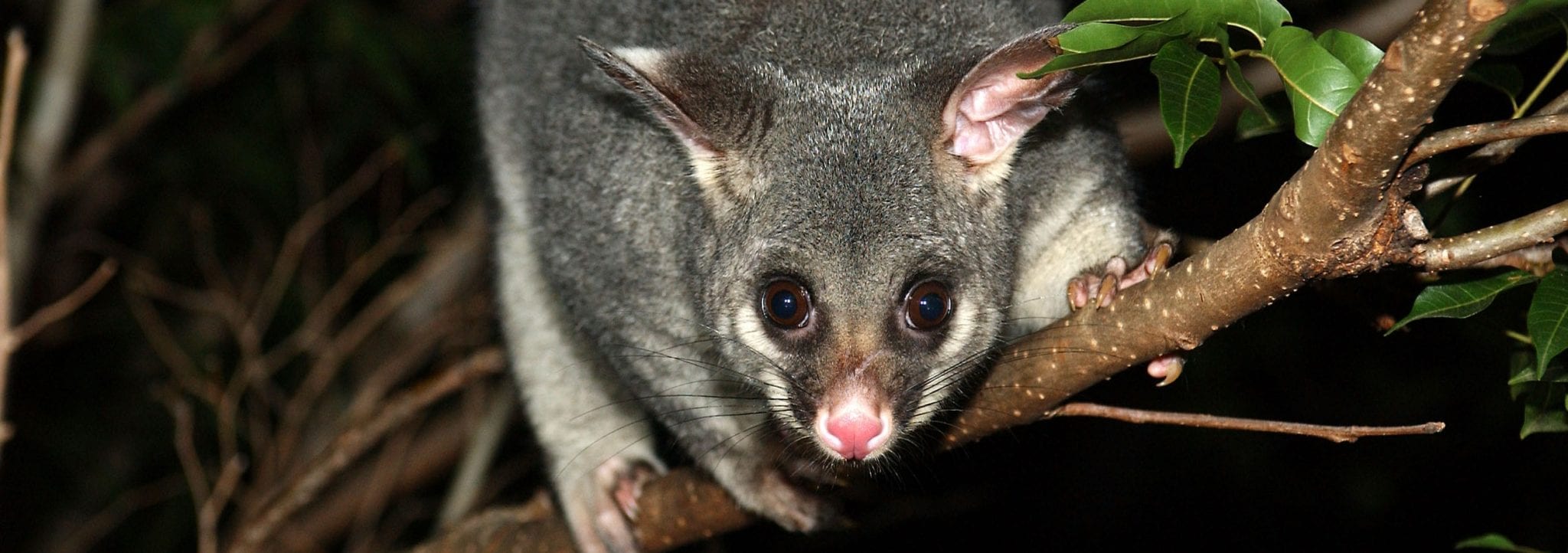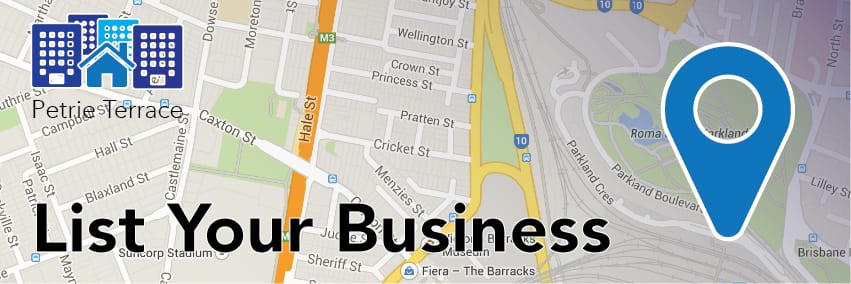


Possum Wars
Our small backyard Petrie Terrace garden is regarded as a smorgasbord by our live in resident possum Roy. Yes we have named him. It is only fitting as he regards us as guests living in HIS house. Many residents in Petrie Terrace are ever on the lookout for solutions for the ongoing Possum War that we each wage daily. Possums are cute. They look like they could easily be a house pet. However these are wild animals who defecate on paths, raid garbage bins, eat backyard garden herbs and vegies while living in roofs, under gutters, in floor boards and generally occupying our inner city dwellings quite comfortably.
It is lovely to go for a walk through the hills of Petrie Terrace at night watching as the possums walk the tightrope above on the electrical wires. It is also infuriating when Roy brazenly jumps on the outdoor table and helps himself to our BBQ dinner regardless of how many humans are seated there.
So while we find a way to live peacefully with Roy, here are some handy hints for Petrie Terrace residents also living with their own little furry friend.
KNOW YOUR POSSUMS
The main urban inhabitants are the small common ringtails that range over two to three backyards and the bigger common brushtails that range over four or five backyards. Both species breed mainly in autumn but can have a second litter in spring. Babies spend four to five months in the pouch and ride on mothers’ backs for two or three months. Fallen babies can be placed back in a tree if healthy or otherwise taken to a vet.
PROTECT YOUR HOUSE
Isolate the roof. If you get a possum in your roof, you can call a private possum handler or wait until it leaves at night then block its access holes.
Buy or build a nest box and place it in a nearby tree so that the possums aren’t tempted to sleep in your roof.
Put spiked plastic strips or floppy fence extensions (available from hardware stores) atop fences and verandahs and place circular guards on power and phone lines to further deter possums from using them to get to your roof.
Prune trees away from fences and roofs, net or band valued trees and shrubs and put cages around vegetable gardens, at least at night.
The Wildlife Act 1975 was amended in 2003 to allow common brushtail possums found in buildings to be trapped in approved cages for release on the same property (no more than 50 metres away) or to be taken to a registered vet and killed.
All other 26 possum species in Australia, including common ringtails, remain fully protected and cannot be trapped, moved or hurt.
PLANTING FOR POSSUMS
Plant a variety of species, including native plants. Possums won’t eat everything. Both species graze many plants and prefer young leaves but rarely over-damage healthy natives.
Introduced species are more vulnerable because they don’t produce antifeedants. Sick trees, or those in poorer soil or heavily shaded areas are more vulnerable because they produce fewer antifeedants.
Possums prefer leaves with a high water content. They’re less likely to graze drought-resistant trees.
Ringtails like plants with a high sugar content, including fruit, flowers, flower buds and hips, magnolias, roses and camellias. They like swamp gums, river red gums, sweeter flowering eucalypts, Norfolk pines and coastal tea-tree foliage, but won’t kill them.
Brushtails eat many plants and also fungi and larvae, but are less fond of flowers. They will eat vegetables and raid bins.
Possums don’t seem to graze conifers, certain grevilleas, blackwood (Acacia melanoxylon) and some other acacias, waxy-leafed plants such as Kunzea ericifolia and some bottlebrushes (callistemons). Ground-cover plants are usually safe. They will graze lilly-pillies but rarely damage them.
Peppermints blue gums and red box seem less favoured.

